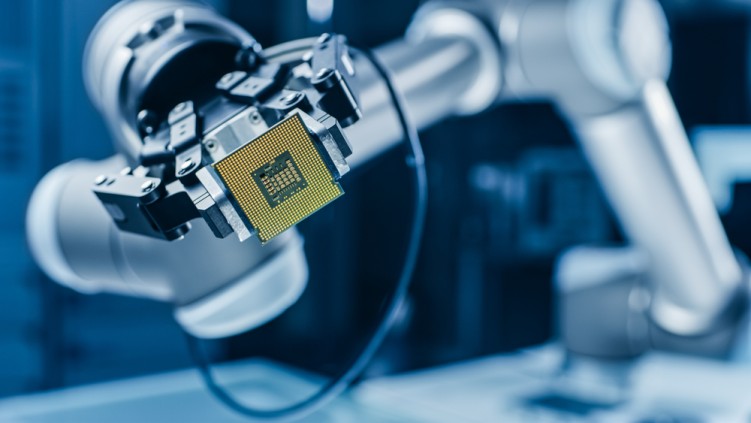Trends in Surgical Robotics

The field of surgical robotics has witnessed remarkable advancements over the past few decades, transforming the landscape of minimally invasive surgery. Starting from the 1990s, surgical robotics has evolved significantly, with innovations in technology, increased surgical precision, and improved patient outcomes.
In this paper, we will explore the main trends in surgical robotics from the 1990s to the present day and provide insights into the potential vision for the next 20 years.
Main Trends in Surgical Robotics
- Introduction of the da Vinci Surgical System: The 1990s marked the introduction of the da Vinci Surgical System, a pioneer in robotic-assisted surgery. This system allowed for greater surgical precision, dexterity, and improved visualization, making it a landmark development in the field.
- Expansion of Robotic Applications: Over the years, surgical robots have expanded their applications from primarily urology to various other specialties, including gynecology, cardiothoracic surgery, and orthopedics. This diversification has increased the reach and impact of surgical robotics.
- Miniaturization and Microbots: Advancements in miniaturization techniques have led to the development of microbots that can access hard-to-reach areas within the body. These miniaturized robots hold great promise for minimally invasive procedures and diagnostics.
- Enhanced Imaging and Navigation: Surgical robots are now integrated with advanced imaging and navigation systems, enabling surgeons to have real-time, high-resolution views of the surgical site. This enhances precision and reduces the risk of complications.
- AI and Machine Learning Integration: Artificial intelligence and machine learning algorithms are increasingly being incorporated into surgical robotics, allowing for predictive analytics, automation, and personalized surgical plans based on patient data.
Vision for the next 20 Years
Looking ahead, the future of surgical robotics holds immense promise. Here’s a glimpse of the potential vision for the next two decades:
- Nanorobots for Precision Medicine: We can expect the development of nanorobots capable of delivering targeted therapies and performing intricate procedures at the cellular or even molecular level, revolutionizing the treatment of diseases.
- Telemedicine and Remote Surgery: Advanced telemedicine technologies combined with surgical robotics will enable remote surgeries, where expert surgeons can perform procedures on patients located anywhere in the world, improving access to specialized care.
- AI-Driven Autonomy: Surgical robots will become more autonomous, leveraging AI to assist surgeons in decision-making, precision, and safety. They will also learn from each procedure to continuously improve their performance.
- Holographic Visualization: Holographic displays and augmented reality will provide surgeons with immersive 3D views of the surgical field, enhancing their spatial awareness and precision during procedures.
- Personalized Surgical Plans: Surgical robots will generate highly personalized treatment plans based on a patient’s genetic, anatomical, and medical data, optimizing outcomes and minimizing risks.
Conclusion
Surgical robotics has come a long way since its inception in the 1990s, reshaping the practice of surgery and improving patient care. The next 20 years promise even more transformative developments, with nanorobots, AI-driven autonomy, and personalized medicine on the horizon. These advancements hold the potential to make surgery safer, more accessible, and more effective than ever before, ushering in a new era of healthcare.
The Eindhoven region
The Eindhoven region is an important hotspot for the development of highly complex systems. More and more companies are discovering the development chain and professional collaboration culture in the region, and surgical robotics companies in particular are thrivin.